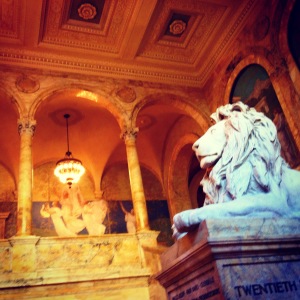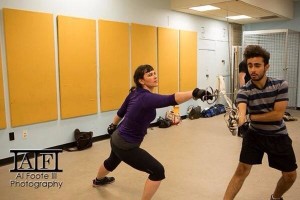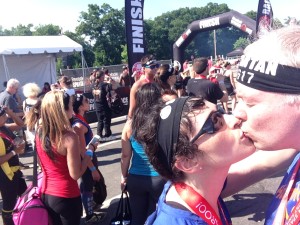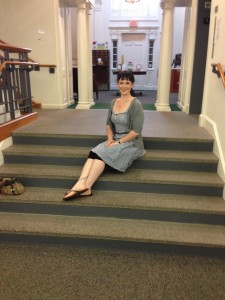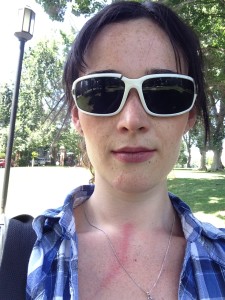Alright, so I know that I have been MIA for a while (and I know this isn’t my usual blog fare), but I’ve got a PSA for local runners/outdoor enthusiast and since this is my blog, it’s also my rules!
On Saturday March 7, I ran the length of the minuteman bike path (that’s 10 miles for those who aren’t local). In preparing to make this run, it occurred to me that it would be INFINITELY useful to have a report of the status of the minuteman so I could prepare for running conditions. Would I need my cleats? Would it even be possible to traverse the length of the trail? Who knew; the internet wasn’t giving me answers.
So here’s my report of the state of the trail as of March 7, 2015. I would like to say as a disclaimer that I did not run the last .5 KM on the Alewife end because I was meeting my ride home at the Kickstand Café in Arlington, so I doubled back to Arlington center. I have no reason to believe that section of trail is any different from most of the rest of it, but here’s what I observed.
From Bedford to Lexington, the trail is mostly melted and clear. There are huge swathes of pavement interrupted by only the occasional ice patch. It is quite traversable and a pleasure to run (since the surrounding woods are still snow-covered silent and Robert Frost-like). I brought my Yaktrax but did not need them.

Taken at the end of my 10. I’m a lean, mean, running machine!
Right around Lexington Center, get ready to hit a bunch of large ice patches. These are extremely slippery and difficult to traverse. I saw a few folks run across them like they were nothing, but for me I had a hard enough time staying vertical while carefully picking my way across. After crossing Maple Street, there were one or two more large patches, but it was mostly clear until I hit the Arlington line.
Arlington is basically an ice skating rink. At this point in the run, I outpaced a guy on a bike (and I run about an 11:30 mile) because he had to get on/off his vehicle at every patch and I just had to speed up/slow down. It was treacherous, dangerous, and awful; this was the only part of the run that had me seriously questioning the decision to run the length of the trail (and also had me seriously concerned for my own safety). The ice is slick and smooth with no traction and nowhere to bail since the path is lined with hefty snow banks. Unless you want to trudge through snow up to your knees, you’ll have to pick your way through the ice. This was slow going. Enough so that when I hit Mill Street, I bailed on the bike path and ran up to Mass Ave to go through Arlington Center. As an aside, the sidewalks on Mass Ave in Arlington (especially on the sunny side of the street) are completely clean and a joy to run on (particularly after the treacherous icy deathness of the Minuteman). I took a chance on the last leg of the run and instead of running the rest on Mass Ave ran through the Arlington Center to Alewife portion of the Minuteman. This was a mistake. The first .75 km off of Arlington Center are nice and clean, but then you get into yet another skating rink session. I turned around right after I hit Spy Pond to head back towards Kickstand; I’m reasonably certain that the Alewife/Cambridge section of the bike train is fairly untraversible (though it does snake through Thorndike field which gets a lot of sun, so perhaps that end is clear). I wasn’t willing to find out.
On the whole, I think with a few more melt days even the icy patches of death will be mostly gone (provided we don’t get many more serious storms…. Please, please no more snow). I plan on doing my running on the section from Bedford to Lexington because, like I said, that’s pretty much fine.
I hope this was useful to some of you out there! Run safe!

